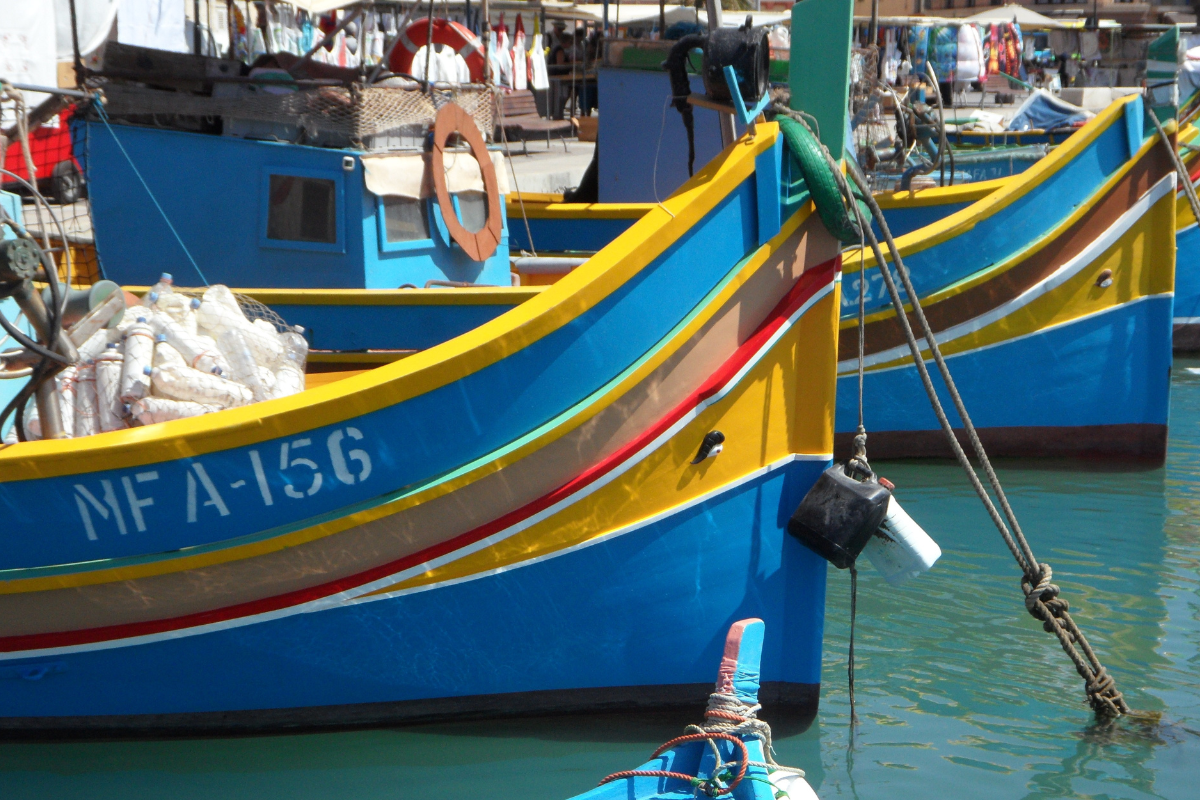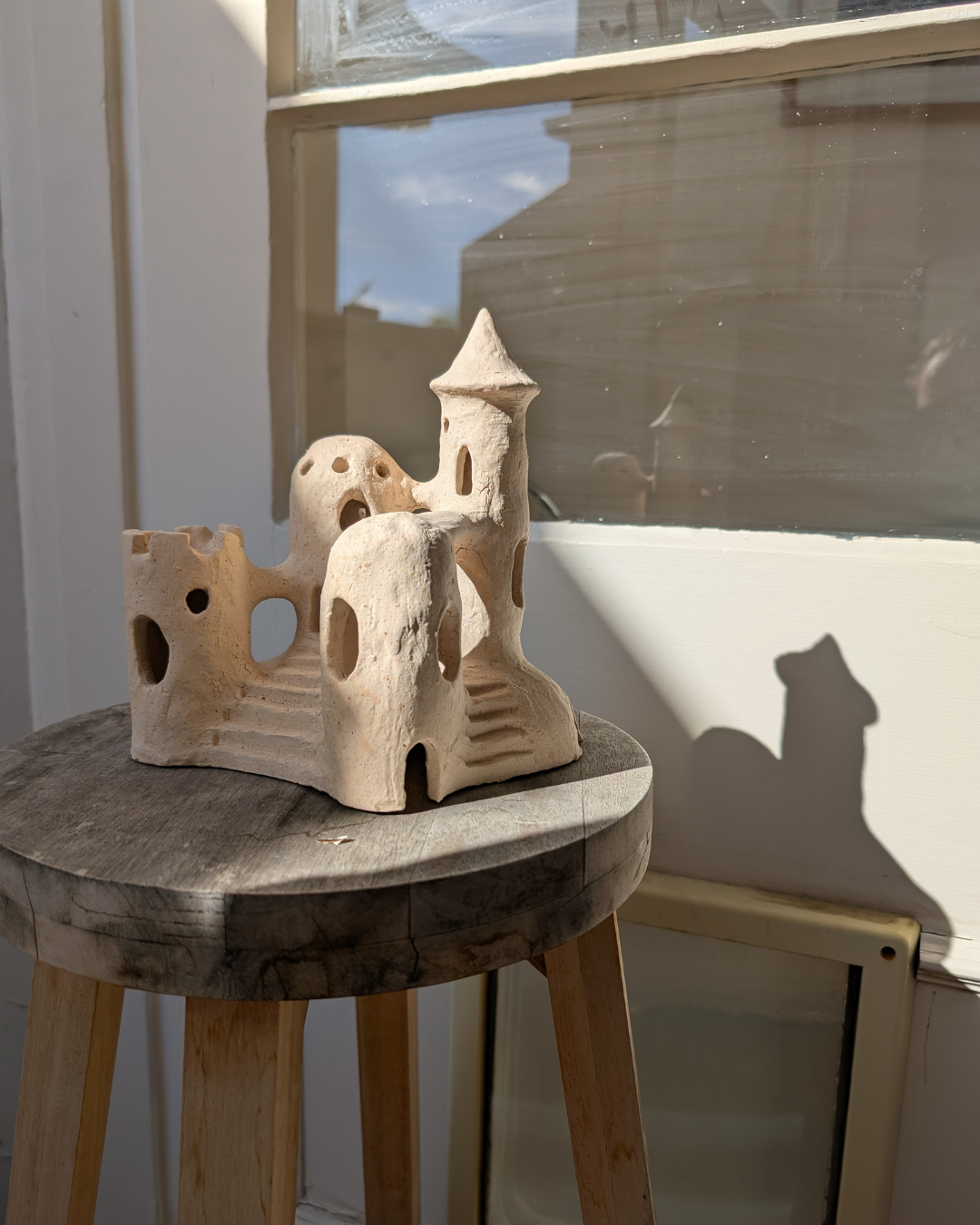Embracing the Non-Binary
So much of my identity is between binaries. The term ‘non-binary’ is most associated with gender, and indeed I am non-binary in that regard, but it extends further than that. My sexuality is fluid. My disability is not static, my ability and capacity fluctuates over time. And of course I am in a sense culturally ‘non-binary’: belonging to a nation that is often defined first by its influences.
Paganism
There is an irony in the Maltese often outwardly purporting to be anti-witchcraft yet incorporating pagan beliefs and practices right alongside Catholic rituals. A curse, a jinx, or the evil eye may be warded off with the sign of the cross, or just as easily with a bullhorn gesture. Yet, if you ask a local what the spiritual practices are in Malta, only the major religions will be cited (overwhelmingly Roman-Catholicism), with no acknowledgement of the many superstitions and secular proverbs that accompany daily life.

In Marsaxlokk, the luzzu (a traditional fishing boat) are adorned with the Eye of Horus. This custom may be a surviving Phoenician tradition to protect fisherman while at sea.
My Approach
At first I sought to distil Maltese customs and conventions into two categories:
- Originating from dominating forces (for example, prescribed by the Church)
- Originating from pre-colonial/ occupation traditions
While there is some ability to uncover the origins of particular beliefs, what I have found is that the source of their creation doesn’t necessarily concern the Maltese practicing them, and they are embraced regardless.
My definition of non-binary as it relates to my identities expands beyond simply ‘a mix of two’, rather it is some third thing altogether. Malta is not some hodgepodge of surrounding nations, but has its own unique culture. In trying to dissect each ritual, tradition, and behaviour into a distinct category so that I may inspect and evaluate it, I have overlooked the complexity and richness of reality. Traditions have been reimagined over generations, and so it is unhelpful to say they originated from one group or another.
Curiously, I don’t think this has come through in my art. In fact, it is through reflection on my body of work that I realised the error in my approach. My pieces do not feel like an imagined phantasmagorical history of Maltese spirituality purely uninfluenced by subjugating entities. Motifs that clearly relate to Arab occupation, British Colonisation, and the Church (to name a few) bleed through, particularly in my architectural sculptures that reference castles and cathedrals: a motif of power that I aim to pervert through a stripping of specific iconography and reimagining with my gentle hand in soft clay. These sculptures, like all my work, are not a 1:1 model of some longed for, long forgotten past, but an interpretation of Maltese culture as I research and experience it, one that embraces the tension of complexity, and is not nearly as fussy as I am!

